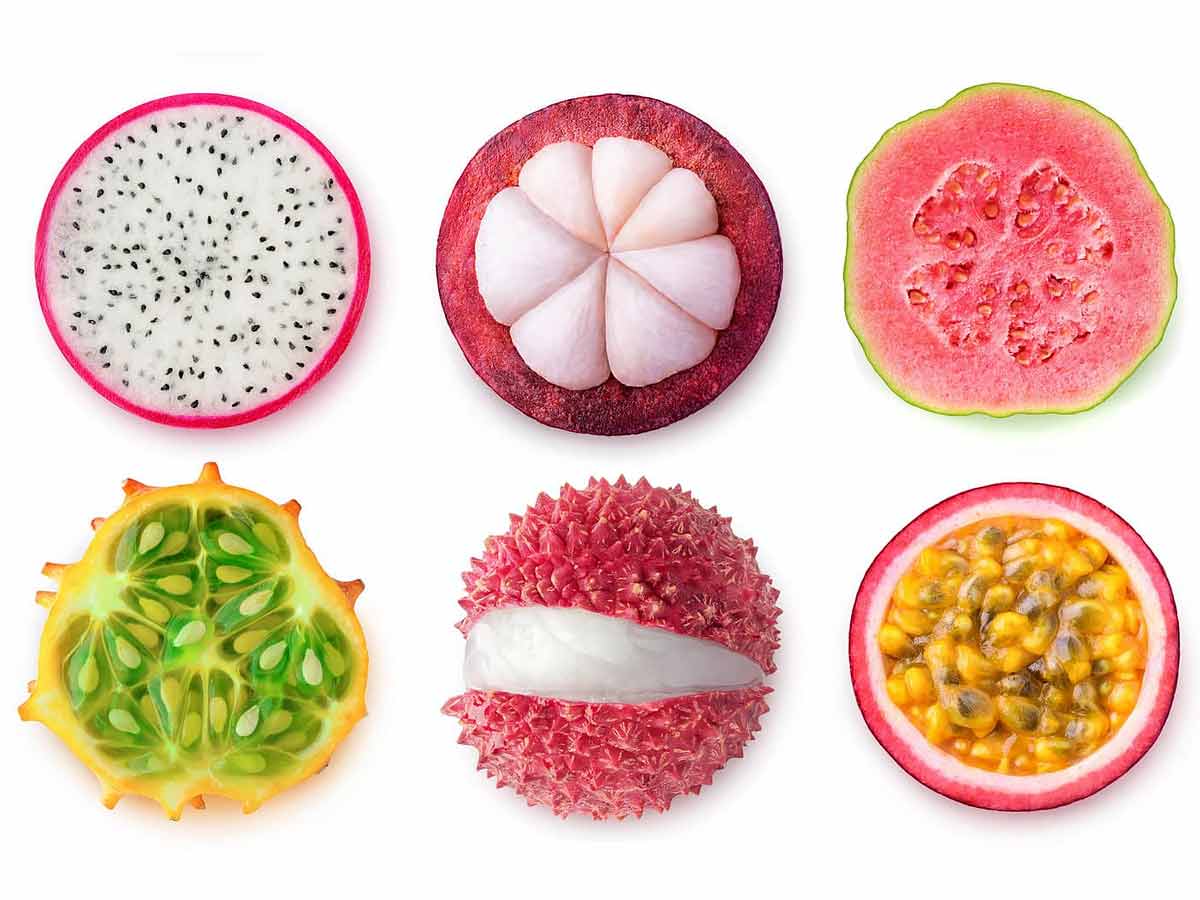Although it wasn’t born in India, this vegetable is essential to many beloved and cherished Indian dishes.
It may be traced back to western South America, notably the region that is now Peru and Ecuador, from its beginnings as a wild plant in the Americas to the many cultivars produced now across the world.
Native Americans there were the ones who first tamed them, and via the course of European discovery and colonization, they eventually spread across the rest of the Americas, as well as to Europe and other areas of the world.
The pineapple
The pineapple is said to have come from South America, specifically from the area that encompasses sections of the present-day countries of Argentina, Brazil, and Paraguay. Christopher Columbus also found the pineapple in Central America.

Pineapple has been grown by the local indigenous people for thousands of years. The pineapple was later taken to the Caribbean island by the locals, and from there, through European discovery and colonization, it was disseminated to other areas of the world.
The pineapple is now grown in many nations all over the world. It was first cultivated in tropical areas such as Central and South America, Africa, and Southeast Asia.
Guava
South America is where the guava, a favorite summer fruit in India, originated. The Portuguese traders took it to Asia, and it finally traveled to India. In Malaysia, the guava is referred to as “jambu Portugal” to honor its Portuguese ancestry.
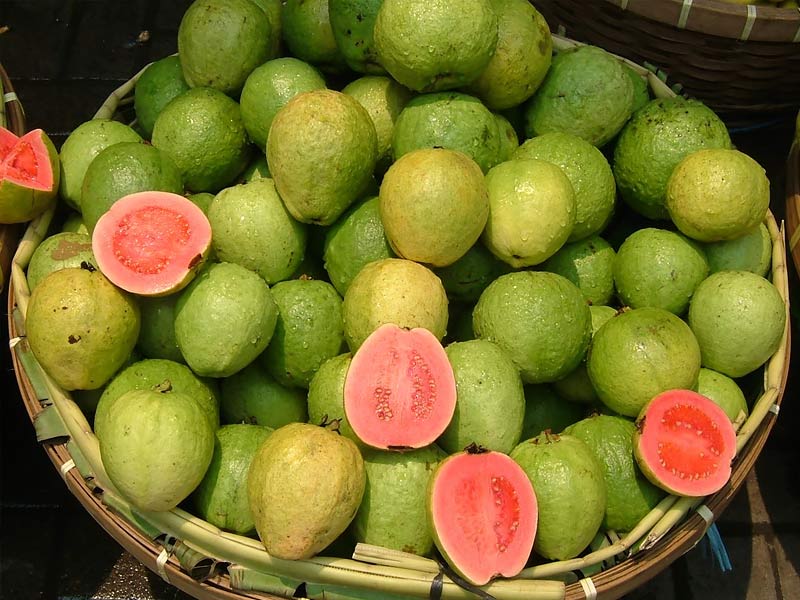
This fruit’s transcontinental trip not only contributes to its distinctive flavor but also provides a fascinating tale of cross-cultural interaction and international trade.
Tamarind
The tamarind is said to have its roots in tropical Africa, notably in the region that encompasses portions of the present-day nations of Somalia, Ethiopia, and Sudan.
The fruit, leaves, and bark of the plant were used by the prehistoric inhabitants of the area who first domesticated it.
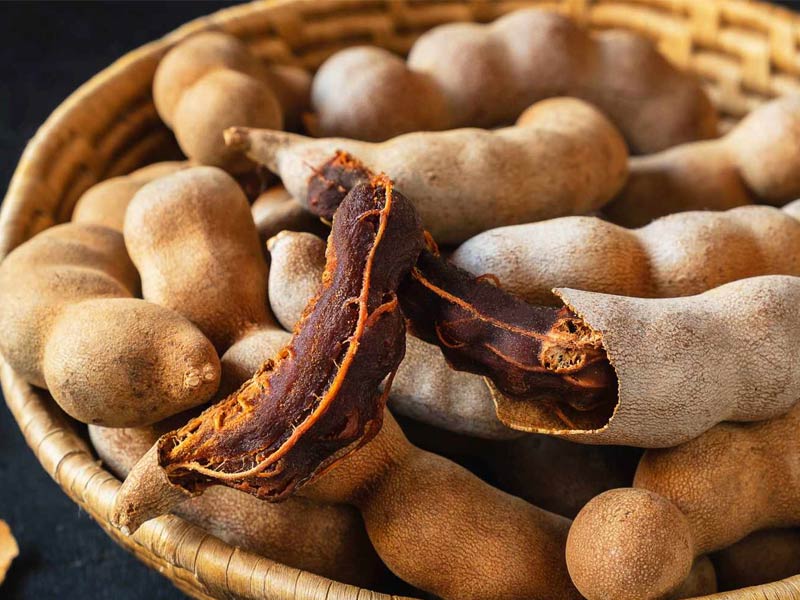
Tamarind originated in Africa and was later transported by commerce and migration to other continents. Today, it may be found in many tropical areas of the world, including India, Southeast Asia, the Caribbean, Central America, and South America.
Lychee
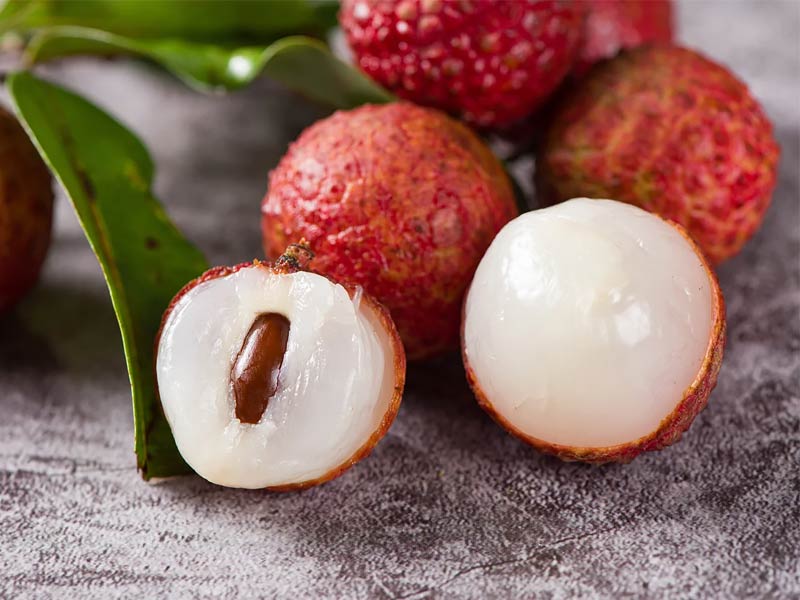
China is where one of India’s favorite summer fruits first appeared. An intriguing fact about the lychee, though, is that Indians adore the fruit so much that they are currently the world’s top exporters of canned lychees.
Custard apple
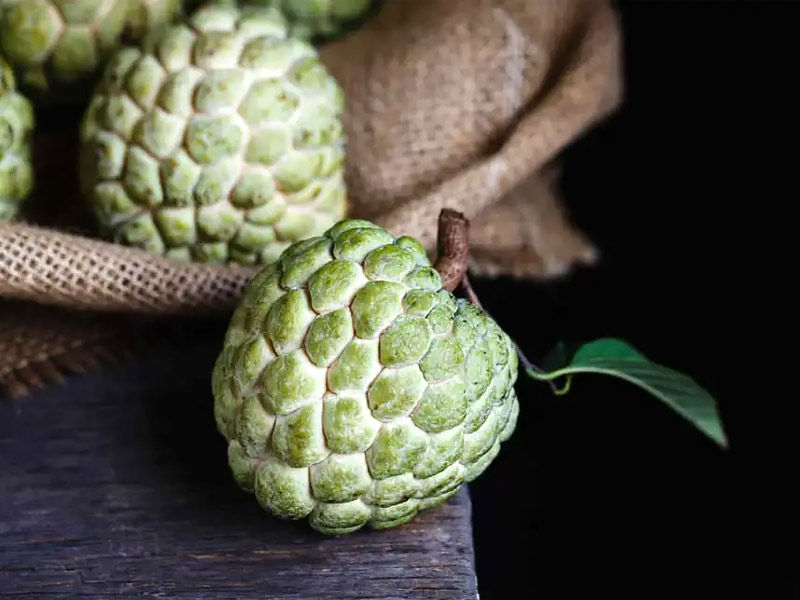
Although popular among Gujaratis, the custard apple, also known as Seetaphal, is not an indigenous fruit of India. In the 17th century, it was said to have spread to Africa from the West Indies, where it is thought to have originated.
Papaya
The papaya is a tropical fruit that was first grown in Central America, notably in the area that now comprises portions of Mexico, Guatemala, and Honduras.
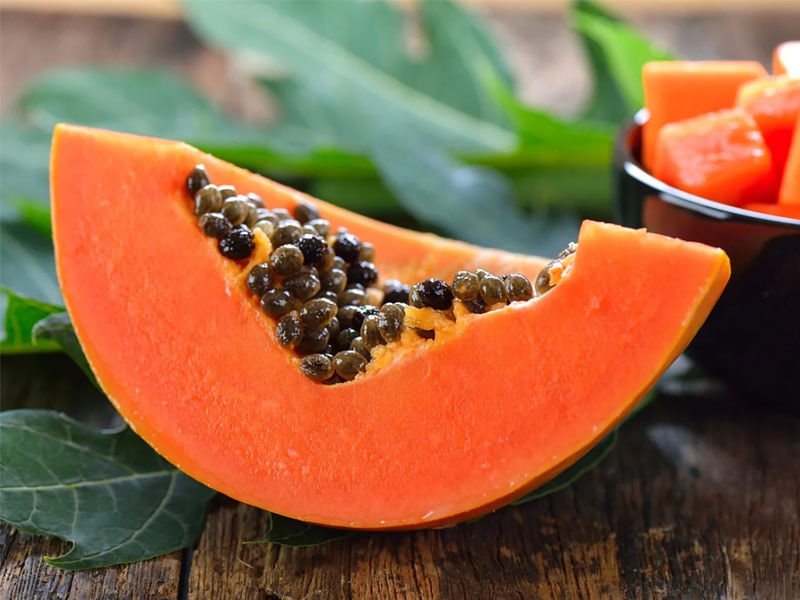
The Maya inhabitants of these regions were responsible for domesticating the fruit thousands of years ago, and it played a significant role in their food and culture. Through European discovery and colonization, it later expanded to other regions of the Americas and subsequently the rest of the world.
Papayas are now commonly farmed in tropical and subtropical areas of the world, and they are utilized in a variety of dishes because of their sweet and juicy flesh.
Sapodilla
Southern Mexico and Central America are the natural habitats of the sapodilla (Chikoo). It is thought to have come from the Yucatan Peninsula and spread all across the area thanks to the Mayans.
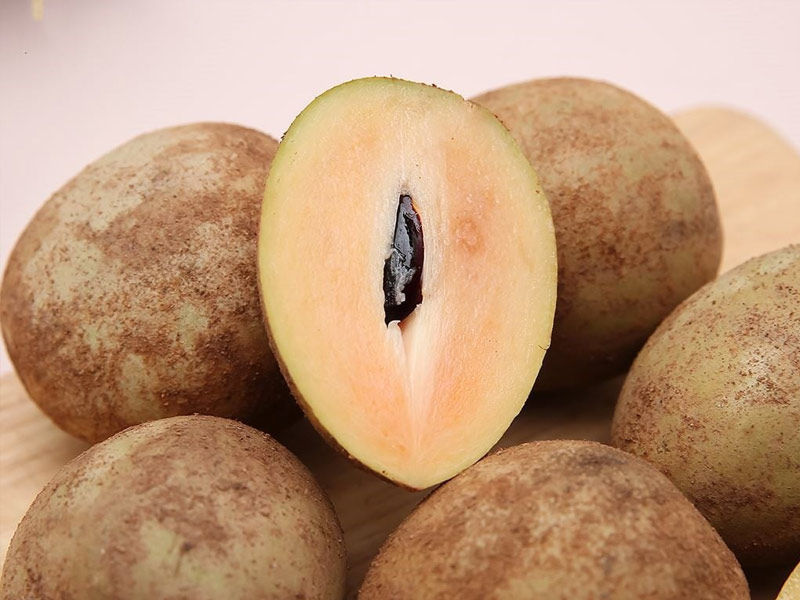
Spanish and other European colonizers then brought it to other continents, including the Caribbean.
Also read: 10 Exotic Fruits Exclusively Found in India
It’s amazing to consider how these non-Indian fruits and vegetables have assimilated into Indian cuisine and how they have contributed to the development of the rich and varied culinary culture that we all know and enjoy today.
Avocado

Native to the Americas, the medium-sized avocado tree was cultivated about 5,000 years ago by Mesoamerican cultures for its enormous, oily fruit. It is a member of the laurel family.





















